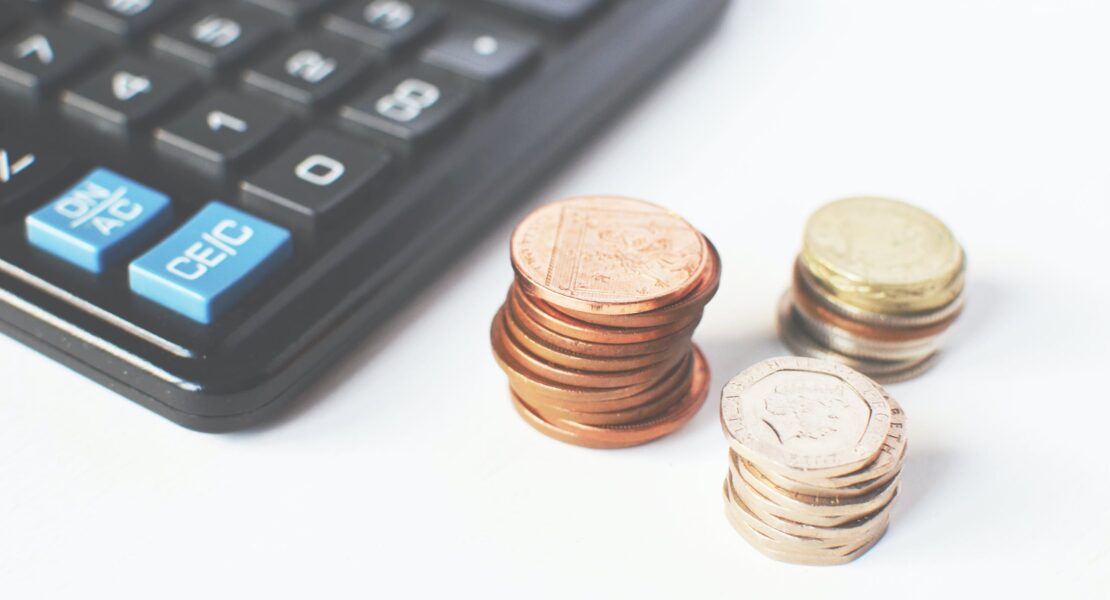A brand can’t wait to launch its next product, but before it hits the shelves, the company needs to set a price. While this may sound like an easy task, pricing products requires a lot of thought and research. Struggling to figure out the right price point? Here are some strategies to help streamline the process.
1. Stick with Keystone Pricing
Keystone pricing is perhaps the simplest formula for determining a price. Essentially, this method doubles the wholesale cost to determine the consumer price. However, keystone pricing doesn’t always fall within the target audience’s comfort zone. That’s why conducting independent retail and beauty market research before setting the final price is recommended.
Keystone pricing may be too low if the item is scarce, hard to source, or unlike anything else on the market. High shipping prices may also eat into the profit margin. On the other hand, keystone pricing may be too high if there is a lot of competition from similar items. In these instances, it’s better to increase prices for in-demand products or decrease prices for more generic, easy-to-find items.
2. Save Time with the MSRP
MSRP stands for “manufacturer suggested retail price.” Many brands rely on the MSRP to help them narrow down a firm price point. It also helps to standardize pricing across various retailers and outlets. Although using the MSRP to price a product saves time, it only works well in large niches, such as consumer electronics. That’s why most video game consoles, mobile phones, and appliances sell for the same price at multiple retailers. However, if a brand works in a niche market, the MSRP may be too low. Consumers will often pay higher than MSRP to get their hands on a niche item.
3. Create Temptation with Bundle Pricing
Sometimes, it makes sense to price individual items, but there are instances when packaging several products together for a discounted price is the better option. For example, a video game manufacturer may bundle a console and game for less than the combined cost if the customer purchased the items separately. While this reduces the profit margin, it is an excellent way to draw in more buyers and increase sales volume.
4. Try Odd Numbers with Psychological Pricing
Pricing goes beyond offering the best deal. The most successful companies know how to use psychological tactics to boost sales. Ending prices with an odd number, for instance, creates the illusion of a lower price. Products that cost $19.99 tend to sell much better than those priced at $20. Even though the price is only one penny less, the customer sees it as a much better deal. Strangely enough, the odd number theory even holds true if the item costs more. The Academic Times reported that people spend an average of 24% more to purchase an item if the price ends in a nine.
5. Look Prestigious with Premium Pricing
The lowest price doesn’t always outsell more expensive products. Some brands rely on premium pricing to create a sense of prestige, luxury, and exclusivity. Building a high-end brand starts with higher prices. Selling items at a bargain price reduces the consumer’s perception of the brand. Customers expect a low price at Walmart, but they willingly pay for more similar items from an upscale retailer. Premium pricing works best when building a luxury brand.
Different Pricing Strategies for Different Products
There are countless ways to price a product. The right pricing strategy depends on the brand’s reputation, type of product, and desired profit margin. What works for one product launch may not be the right choice for the next. Brands should weigh the pros and cons of each pricing method before settling on a firm price.




